Not sure where and how to start?
You've come to the right place!
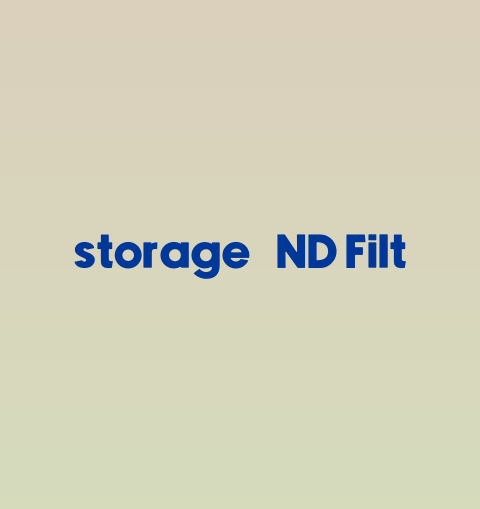
The above image shows one of the most important pieces of equipment you will need: It's called an ND Filter.
ND stands for neutral density, which simply means that the filter is able to reduce the light that reaches your camera sensor (or film). The 'neutral' part means that the filter (should) do so without any color shift.
Think of it somewhat similar to a pair of dark sunglasses. Using such a filter will let you achieve long exposures of several minutes in broad daylight. If you didn't have such a filter, your images would be completely 'blown out', because too much light would reach your sensor (film) causing any images to be completely white with no details left (that's what blown out means).
If you do NOT have an ND filter, you can still do long exposures, but you would have to do it at night when it's dark.
What do I use:
As pictured above, I use ND Filters made by B+W predominately. I also use other brands such as Hoya and Tiffen. All of these filters come in various 'strengths', the darker they are the more they reduce the light reaching my sensor (film) which results in longer and longer exposure times.
Your exposure time will be longer the darker (or stronger) your ND filter. Exposure time also varies with the amount of ambient light, the brighter your surroundings the darker (or stronger) your ND filter has to be to maintain long exposure times. At dusk or dawn, you will need far less ND filtration compared to shooting in full sunshine mid-day. At night you may not need any ND filters at all.
How do I know how 'strong' my ND filter is?

As pictured above, ND filters are 'measured' or characterized by at least one of three possible methods. All of these indicate precisely how dark (or strong) the filter is; how much the light reaching your sensor (film) is reduced.
As far as I know, B+W is the only brand that uses all of the three methods. The image above shows the darkest (or strongest) ND filter available on the market today. This filter reduces the light falling onto your sensor by a full 10 stops, which is equal to a filter factor of 1000x, which is equal to an optical density of 3.0.
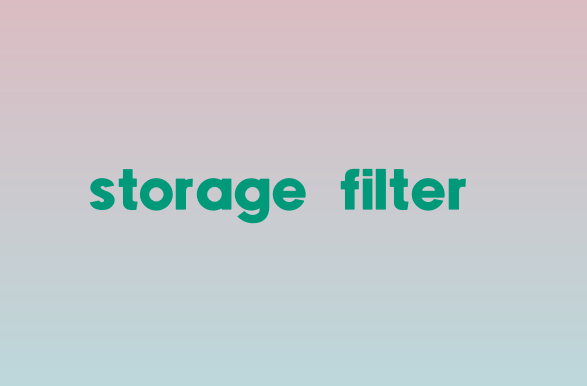
The chart above shows you how all three methods of characterizing ND filters work.
B&W Neutral Density filters are available in the following strengths: 0.3 (2X) Reduces the light one f-stop. 0.6 (4X) Reduces the light two f-stops. 0.9 (8X) Reduces the light three f-stops. 1.8 (64X) Reduces the light six f-stops, and 3.0 (1000x) reduces the light ten f-stops.
A ND filter is darker (stronger) the higher the f-stop reduction, the higher the optical density and the higher its filter factor.
Some of the other manufacturers of ND filters only use one of the above methods to indicate the strength of their filters. For example, the Tiffen filter I own indicates ND 2.1 (which would be equal to 7 f-stops and a filter factor of 128).
The Filter Factor:
I frequently get students in my workshops who are disappointed with the effect or strength of their purchased ND filters. When they start using it they discover that it seems much 'weaker' than expected. Most often, they mixed up the filter factor with f-stops. The filter reads 8x and they expect 8 f-stops. Looking at the table above, you can see that, in fact, a filter factor of 8x is equal to 'only' 3 f-stops of light reduction.
Calculating exposure times with ND filters:
This is the 'million dollar' question, isn't it? Well not quite. It's actually really straight forward.
Say you are out shooting landscapes in full sunlight and instead of a 'regular' shutter speed of 1/250 (without the use of any filters) you want to blur the water and clouds in your composition using a long exposure. Using the table above, you want to calculate how your exposure changes using a 10 stop ND filter. This is the strongest single ND filter currently available on the market.
Here is how to do it:
1 stop down: 1/125s
2 stops down: 1/60s
3 stops down: 1/30s
4 stops down: 1/15s
5 stops down: 1/8s
6 stops down: 1/4s
7 stops down: 1/2s
8 stops down: 1s
9 stops down: 2s
10 stops down: 4s
Voila! Your exposure time has changed from 1/250s to 4 seconds. Follow the logic?
How to get exposures of several minutes, even hours, in broad daylight?
Looking at the above example, using the darkest (strongest) single ND filter available, we 'only' get an exposure time of 4 seconds in broad daylight.
So how do I achieve exposures of several minutes, even hours? By stacking filters! Or, by going out when the light is low on the horizon. Using small apertures, such as F16 can also help.
Consider the following table that I hand out to my students to aid them in calculating exposure times using ND filters:
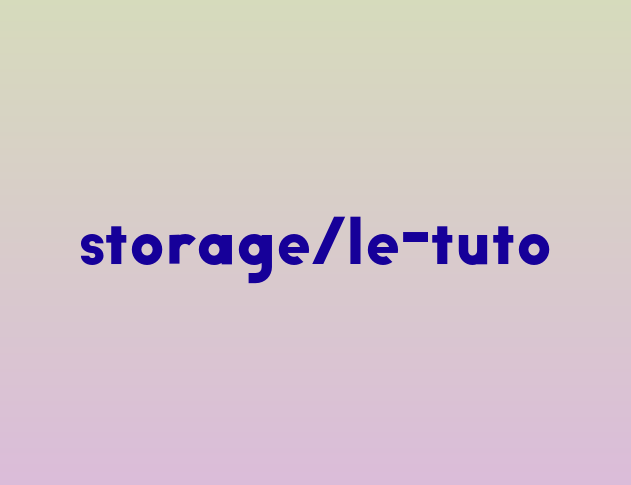
As you can see from the tale above, using a 10 stop filter alone requires low light if you're looking at achieving exposures of 1 minute or above.
When I go out shooting I typically use 16 stops of ND, which I accomplish by stacking 2 filters, a 10 stop and a 6 stop B+W.
How much ND filtration to use?
Well this actually is the 'million dollar' question. We got it! The answer depends on four factors:
- What creative effect are you after
- How 'fast' is your subject moving
- How much ambient light is there around you
- How many/what kind of filters do you have with you
Let's take a look at some images and see what decisions I made when photographing them:

This urban shot was taken during the Vancouver 'Sun Run'. Shot on film with Holga panoramic pinhole camera (made out of plastic). I shot this with an exposure time of about 10 seconds. Hundreds of runners in white t-shirts run by me, and I wanted to capture them in motion. If I had used a longer exposure time, say several minutes, they would have been much blurrier, almost completely removed from my composition.
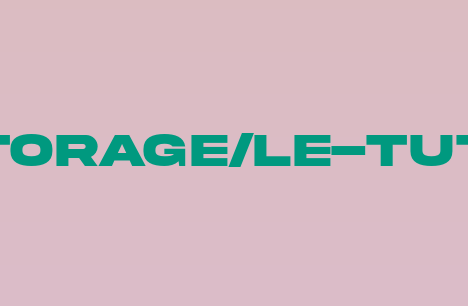
Here's another shot from the Holga with a similar rational. About 10 seconds of exposure rendered the cars blurry but still visible. Longer exposures would have eliminated all moving traffic from the scene.

One of my personal favorites, this image was shot in Berlin with an exposure of 722 seconds (or 12 minutes). This space is so busy with tourists, that even this extended exposure time was not long enough to eliminate the movement of people (see shadows in the right corner of frame). During the exposure, a white limousine drove 'into' my composition and parked for several minutes before it drove off again. I have another shot of this composition without the limousine, but I much prefer to have it in there! This image was shot with Nikon D3 digital camera. I order to achieve the wide angle perspective, I stitched 3 images together using Autopano Pro and Photoshop. Each image had the same exposure of 722 seconds.
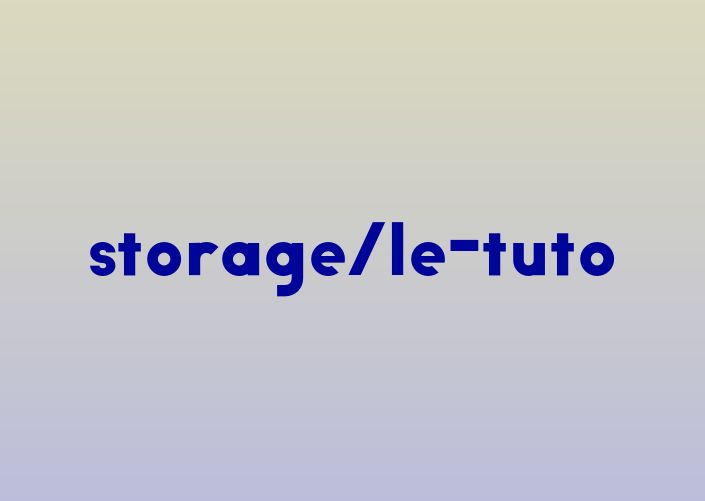
This image of a ghost town was shot with a whopping 1 hour exposure time. Shot with a Mamiya 7 and 43mm lens on Fuji Across film. The reason I chose such a long exposure was to blur ALL movement. This place was beaming with tourists, most of them walking slowly while reading pamphlets. Some even sat down on the church stairs. I decided that I wanted to extract all movement from this scene since this was a ghost town. It felt really appropriate.
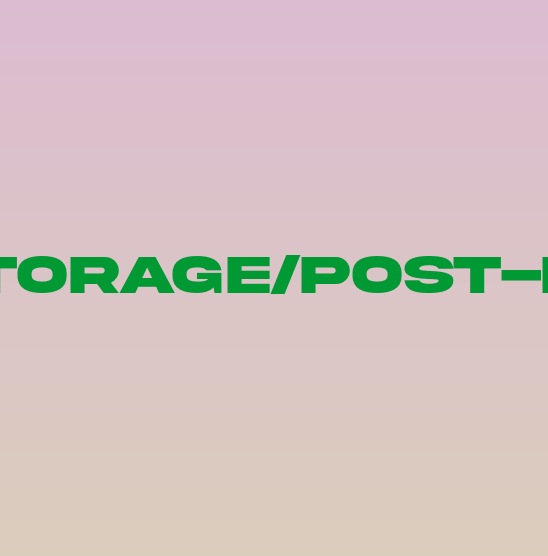
This image was shot near Drumheller, Alberta. Exposure was 388 seconds (just over 6 minutes). Here, I wanted to record the movement in the clouds, hence selected a rather long exposure time. This image was shot with a Nikon D3 digital camera.

This image was shot on 4x5 film (Fuji Across). Exposure time was about 15 minutes. I didn't need to use such a long time to blur the water...it would have looked almost identical with a 2 minute exposure as well. I used 15 minutes because I wanted to capture the clouds with strong movement/blur, and the water 'didn't really care', meaning it looked smooth and silky with such a long exposure time as well. This image was shot on Martha's Vineyard, an island retreat north of Boston. Amazing place, highly recommended for those looking for amazing seascapes.

Finally here's another image shot on 4x5 film. This time, however, I did not want to go several minutes. If I recall correctly, this exposure was 'only' about 1 minute. There were no clouds in the sky that day, and going longer would have made the water loose all of its texture, especially in the foreground. Waves were crashing over the rocks and I wanted to preserve those details.
Picking an exposure time:
Let's summarize what we learned from examining the image sample above. Take a look at the following:
- 5-15 seconds: blur traffic movement, but keep it fairly visible still
- 1 minute: fast moving clouds begin to blur, so does water if present in your composition
- 5-10 minutes: Blur most moving traffic, so that it can hardly be seen anymore
- 1 hour+: Blur moving traffic so that it cannot be identified anymore
What other equipment do I need?
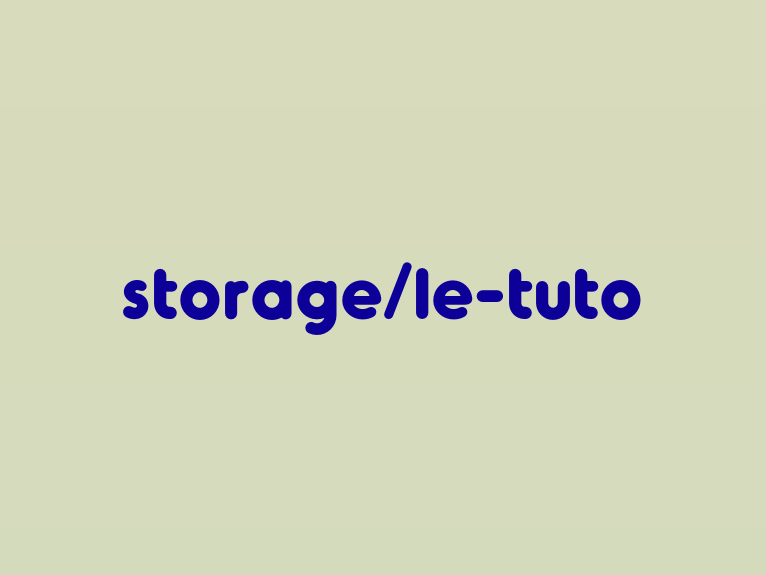

I highly recommend buying ND filters (actually any filter) to fit the largest diameter lens you currently own. For most photographers, that will likely be a 77mm diameter filter. Those filters can then be attached to any lens of 77mm or below, by way of using step-up rings as shown above.

A remote cable (or infrared) trigger is needed to achieve exposures of longer than 30 seconds, which is the longest shutter speed most camera can do on their own.
For long exposures of longer than 30 second, you have to switch to the 'Bulb' mode.
Bulb means that your shutter will stay open as long as the shutter button is pressed. But who likes to press the shutter button for several minutes at a time? Thought so! Using a remote camera release, you can 'lock' the shutter open for as long as you like, just be sure to have a timer handy so you know how long your exposure is lasting.
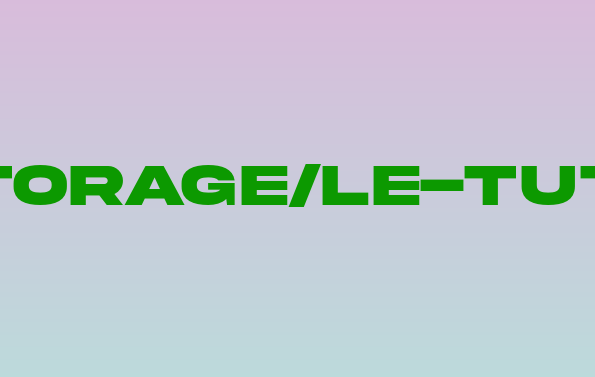
Shown here is the 'fancy' version remote camera release. This gizmo allows you to key in exactly how long you want your camera's shutter to stay open. Set it and forget it. Nice but not needed.
Variable ND Filters:
Just discovered these a few weeks ago. In the past, I have had several students using variable ND filters made by Singh-Ray. These are VERY expensive filters ($300-$400 each), but their 'claim to fame' is that you only need a single filter since the strength is selectable just by turning the filter. This is somewhat similar to a Polarizer (in fact, they are nothing but 2 Polarizer stacked). By turning the filter, you can achieve from 2 to 8 stops of ND filtration with just a single filter.
Sound great? Well not bad, but the 'trouble' is that you already know that 8 stops don't really get you into having much creative control with long exposures, especially not when shooting in broad daylight. Even at the maximum setting of 8 stops, you'd be hard pressed to get to 30 seconds of exposure, and several minutes aren't possible unless you stack another filter.
My recommendation is to buy the 10 stop B+W filter, and if you like you can add a variable ND so you can achieve from 10 to 18 stops using the combination.
Rather than shelling out several hundered dollars for just the Singh-Ray filter alone, here's another option I just came across:

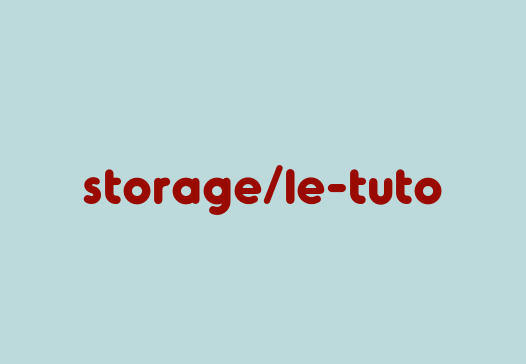
The images above show a variable ND filter made by Cameron. This filter has a very attractive price point of less than $90 for a 77mm diameter filter here at a local shop in Vancouver, BC.
Note that if you plan to stach two of those filters you will need to buy the second filter one size larger.
When in the field, here’s how I setup to photograph:
- When I arrive, I do NOT setup my camera right away. Instead, I take a walk around and try to get a feel for the place. I think about perspective, angle, which lens to use etc…
- Once I have found a location I like, I setup my camera on a tripod. I use a Gitzo carbon-fiber tripod, which is not only very light but also sturdy enough to hold even my 4x5 large format field camera.
- After fine-tuning my framing, I start measuring the exposure using my spot meter (in most cases).
- I install the ND filter(s) as needed, and calculate the final exposure.
- When shooting digital, I evaluate the exposure using the histogram. Remember that the most information is recorded in the highlights, so try to expose to the right as much as you can without blowing out your highlights.
- Always shoot in RAW format!
- 'Long Exposure Noise Reduction' is a feature found on many digital cameras. Test to see if you need to use it. I don't.
- When using film, I will bracket the exposure if the contrast range exceeds 7 stops. I can find out the exact contrast range by using my spot meter.
- With digital, I will also bracket the exposure, but will start doing so as soon as the contrast range exceeds 5 stops.
- When using film, remember to account for ‘reciprocity’ failure. This means that with prolonged exposures, the film uses sensitivity to light. Compensation for this can easily be greater than just a couple of stops, so make sure to know your materials beforehand.
- I use Fuji Across 100 film, rated at 80 ISO. This film stock features extremely fine grain, a long tonal range, and hardly any reciprocity failure (it only becomes an issue over 30 minutes exposure).
- When developing, I usually pull the film by at least 1 stop. This helps retain highlight detail, and yields a slightly less contrasty negative.
Go ahead! Have fun shooting!
http://www.bulbexposures.com
![Validate my Atom 1.0 feed [Valid Atom 1.0]](valid-atom.png)
























































Nenhum comentário:
Postar um comentário